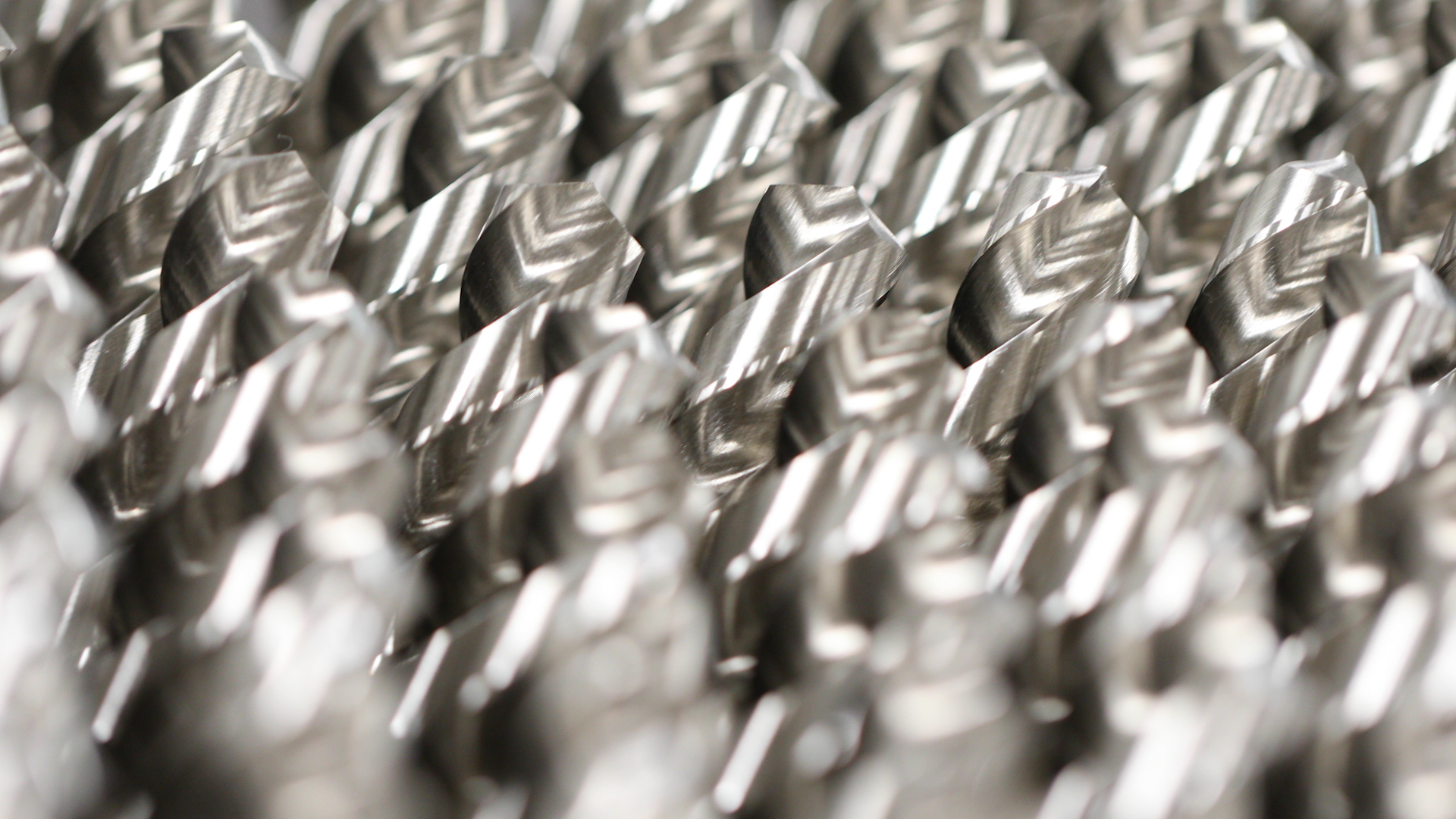
An Australian manufacturer of rotary shank cutting tools, Sutton Tools, has gained market share in the highly competitive aerospace industry by producing superior tools using the linear motor technology on ANCA’s MX7. To gain traction in the aerospace market Sutton’s needed to push the boundaries of what could be expected from a tool machining materials in the aviation industry.
Jeff Boyd, export manager at Sutton Tools said: “By really focusing on how we could improve the surface finish, and with the added capabilities of the linear motor, we have created a product that is delivering significant productivity gains for our customers. The team are now consistently achieving a longer tool life and faster cycle times in some of the higher strength materials such as titanium, which is a great result. With our new MX Linear machine, we have seen dramatic improvements in the surface finish of the cutting tools. This change has been achieved by moving away from the traditional ball-screw movement on machines to a linear motor. We conducted a direct comparison as we have ANCA ball-screw grinders and have also experimented with different grinding wheel grades and grinding parameters to ensure we are achieving the best possible finish.
“A better surface finish has also meant we get better adhesion of the coating and stable performance to the cutting tool which is important for our customers," he added. "Tool stability is important because it means our customers can confidently forecast their production schedules and reduce machine down time. It makes their day easier!
“A company in France had been buying a competitor's brand but we saw an opportunity to make a better product and win the business," Boyd continued. "After studying surface roughness of a tool we felt that the linear motor could achieve a higher accuracy of surface finish. We conducted some tests and found that was exactly what we could achieve and now we have a tool that performs better than our compeditors.
“To validate our grinding methods, we use an optical 3d scanning technique to measure the area surface roughness on the rake face and the cutting rake on the tools. This means we can manage our quality levels to a level of accuracy which is world class in the industry,” he concluded.
ANCA says it is well-known in the industry for its rigid grinding machines and has combined this with its sister company, ANCA Motion’s, LinX linear motor technology. The LinX cylindrical linear motors ensure there is no loss of preload or rigidity when grinding tools and reversal errors are eliminated and higher contouring accuracy can be maintained due to a unique control algorithm ANCA uses.
Related Glossary Terms
- grinding
grinding
Machining operation in which material is removed from the workpiece by a powered abrasive wheel, stone, belt, paste, sheet, compound, slurry, etc. Takes various forms: surface grinding (creates flat and/or squared surfaces); cylindrical grinding (for external cylindrical and tapered shapes, fillets, undercuts, etc.); centerless grinding; chamfering; thread and form grinding; tool and cutter grinding; offhand grinding; lapping and polishing (grinding with extremely fine grits to create ultrasmooth surfaces); honing; and disc grinding.
- grinding wheel
grinding wheel
Wheel formed from abrasive material mixed in a suitable matrix. Takes a variety of shapes but falls into two basic categories: one that cuts on its periphery, as in reciprocating grinding, and one that cuts on its side or face, as in tool and cutter grinding.
- linear motor
linear motor
Functionally the same as a rotary motor in a machine tool, a linear motor can be thought of as a standard permanent-magnet, rotary-style motor slit axially to the center and then peeled back and laid flat. The major advantage of using a linear motor to drive the axis motion is that it eliminates the inefficiency and mechanical variance caused by the ballscrew assembly system used in most CNC machines.
- rake
rake
Angle of inclination between the face of the cutting tool and the workpiece. If the face of the tool lies in a plane through the axis of the workpiece, the tool is said to have a neutral, or zero, rake. If the inclination of the tool face makes the cutting edge more acute than when the rake angle is zero, the rake is positive. If the inclination of the tool face makes the cutting edge less acute or more blunt than when the rake angle is zero, the rake is negative.
- sawing machine ( saw)
sawing machine ( saw)
Machine designed to use a serrated-tooth blade to cut metal or other material. Comes in a wide variety of styles but takes one of four basic forms: hacksaw (a simple, rugged machine that uses a reciprocating motion to part metal or other material); cold or circular saw (powers a circular blade that cuts structural materials); bandsaw (runs an endless band; the two basic types are cutoff and contour band machines, which cut intricate contours and shapes); and abrasive cutoff saw (similar in appearance to the cold saw, but uses an abrasive disc that rotates at high speeds rather than a blade with serrated teeth).
- shank
shank
Main body of a tool; the portion of a drill or similar end-held tool that fits into a collet, chuck or similar mounting device.
